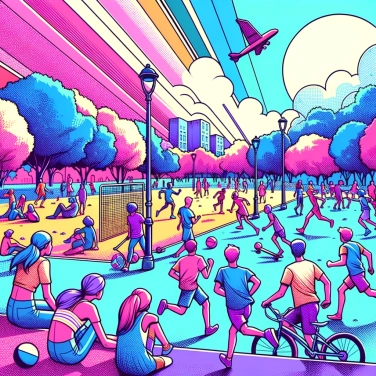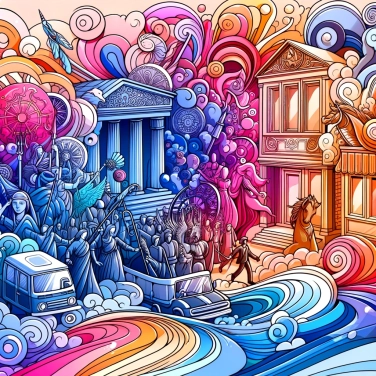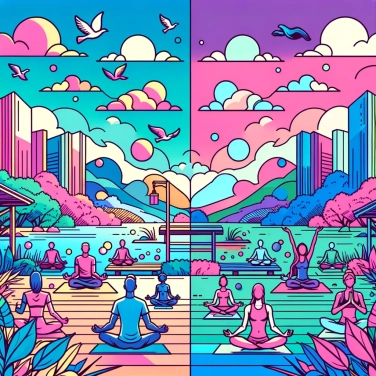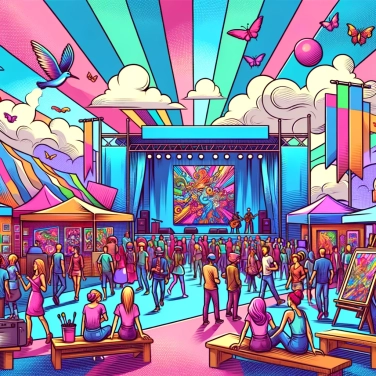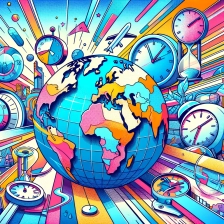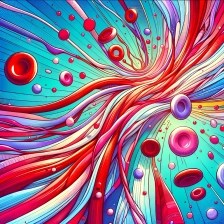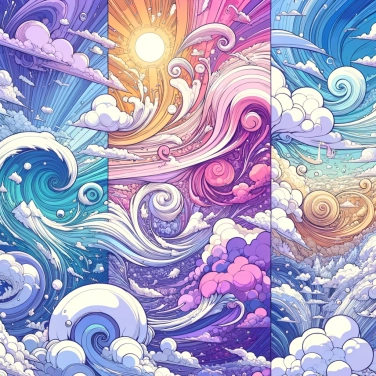In detail, for those interested!
First reason: Light refraction
When a rainbow forms, sunlight is refracted, meaning it changes direction when passing from one medium to another. When sunlight enters a water droplet, it slows down and changes direction depending on the angle of incidence. This phenomenon of light refraction is responsible for separating the different colors that make up the white light from the sun. The wavelengths of the different colors bend at slightly different angles during refraction, creating the characteristic band of colors of the rainbow.
Second reason: Light dispersion
The dispersion of light is another reason why rainbows appear rounded. When sunlight passes through a water droplet, it splits into different colors due to dispersion. This phenomenon is because the different wavelengths of light bend at slightly different angles as they pass through the water droplet. This creates a spectrum of colors ranging from red to violet, which is observed in the form of a rainbow.
Third reason: The observer's field of view
The observer's viewing angle influences the shape of the visible rainbow. To observe a perfectly circular rainbow, the observer must be positioned with the sun at their back, opposite the rainbow. This allows them to see the rainbow in all its splendor and perceive its rounded shape. When the observer moves in relation to the rainbow, its shape may appear altered or even fragmented. This is because the viewing angle changes, which affects the perception of the rainbow's natural curvature. Therefore, the angle at which the observer sees the rainbow plays a crucial role in its appearance.
![Explain why some countries change time zones?]()
![Explain why Alexander the Great refused to wear shoes.]()
![Explain why Alexander the Great always wore an impressive helmet.]()
![Explain why the last Chinese emperor was so young when he came to power?]()


